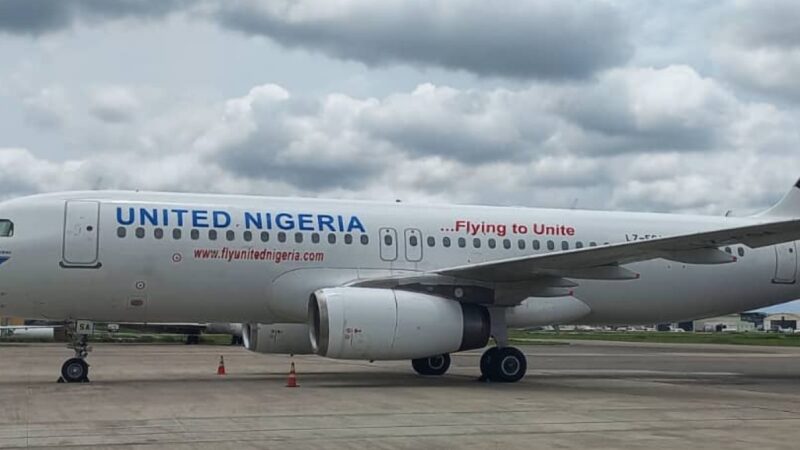ICAO Adopts Updated Annexes to Drive Safe, Sustainable Aviation Modernisation

The Council of the International Civil Aviation Organization (ICAO), in a significant move to steer the aviation industry through a new era of innovation and sustainability, has adopted a comprehensive suite of updated global standards.
These revisions span communication, navigation, airport and heliport operations, and aeronautical meteorological services, marking a major milestone in the evolution of the Chicago Convention’s technical annexes.
This update, which comes at a time of rapid technological transformation in aviation, aims to ensure that the expansion of the sector remains secure, efficient, and environmentally responsible.
“At a time of unprecedented technological and operational innovation in aviation, the ICAO Council has adopted new standards that reflect the best of emerging technologies and promote its implementation,” said ICAO Council President, Salvatore Sciacchitano.
“These standards provide the framework for the safe implementation of tomorrow’s technologies while strengthening our existing infrastructure today,” he added.
A key highlight is the introduction of advanced satellite navigation monitoring, specifically Dual-frequency, Multi-constellation Advanced Receiver Autonomous Integrity Monitoring (ARAIM).
The organisation explained that this allows pilots to navigate with greater accuracy, particularly in regions with limited traditional navigation aids.
According to ICAO, these standards also bolster the implementation of performance-based navigation, enabling pilots to choose routes that reduce flight time, operating costs, and carbon emissions.
Communication infrastructure has also received a major upgrade, with the adoption of more cyber-resilient standards for air-ground data exchange.
These new protocols support the cost-effective transition to a digital aviation ecosystem, encouraging the use of commercial off-the-shelf technologies while enhancing the security and reliability of information exchange between aircraft and air traffic control systems.
New provisions will allow for wireless connections between aircraft safety systems. By minimising wiring, this reduces aircraft weight – resulting in lower fuel consumption and reduced carbon emissions without compromising safety.
“By cutting aircraft weight, we’re helping reduce fuel use and CO₂ emissions, without compromising safety,” remarked ICAO Secretary General, Juan Carlos Salazar.
Airports and heliports are also set to benefit from the new standards. Updated performance-based requirements for obstacle management now consider both aviation and non-aviation stakeholders. This enables airports to optimise land use while maintaining safety.
Pilots will experience improved situational awareness through enhanced visual aids, particularly during temporary changes to runway and taxiway operations.
New visual systems include runway distance remaining signs, unserviceability markers, and clearer indications for closed movement areas.
Furthermore, States are now required to regularly assess ground handling activities for their safety implications – a proactive measure expected to reduce on-ground accidents and operational incidents.
For heliports, the introduction of mandatory certification requirements and safety management systems will ensure higher safety and operational efficiency, especially in dense urban environments.
The new standards also offer more flexibility for operations in obstacle-rich settings.
The revised standards for aeronautical meteorological services will significantly support flight planning and in-flight weather avoidance.
Enhanced capabilities in space weather and volcanic ash monitoring, along with the advancement of the World Area Forecast System (WAFS), are part of these improvements.
New protocols for the digital exchange of meteorological data will facilitate real-time decision-making and enhance flight safety.
“All of these new Standards will contribute directly towards ICAO’s vision to deliver safe and sustainable air connectivity to everyone, everywhere,” Sciacchitano concluded.
The Council’s decision incorporates updates to multiple Annexes of the Chicago Convention as follows:
Annex 10 (Volumes I, II, III & V) – Encompasses ARAIM specifications, cybersecurity measures, wireless avionics communication standards, and frequency utilisation guidelines.
Annex 14 (Volumes I & II) – Includes new criteria for obstacle limitation surfaces, visual aids, heliport certification, and urban operational frameworks.
Annex 3 / PANS-MET – Strengthens digital meteorological data exchange, space weather services, and volcanic ash concentration assessments.
Annexes 6, 11, and 15 – Include supporting amendments to address aircraft operations, air traffic services, and aeronautical information services.
By adopting these new standards, ICAO has shown commitment to guiding the global aviation community through a safe and sustainable transformation, ensuring that emerging technologies are effectively integrated into today’s infrastructure for the benefit of future generations.







